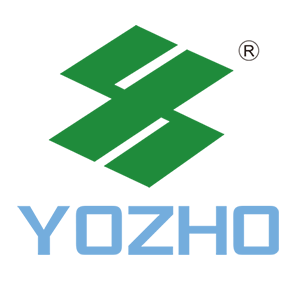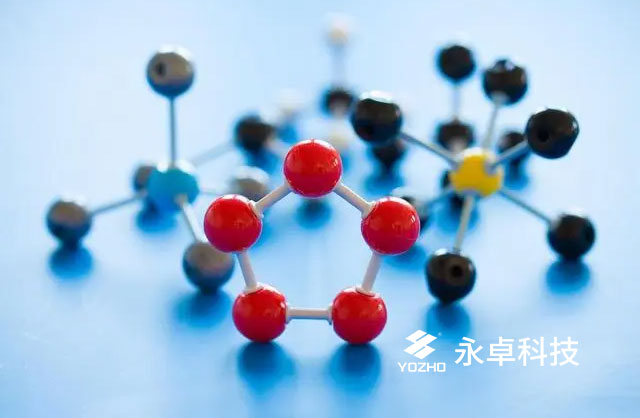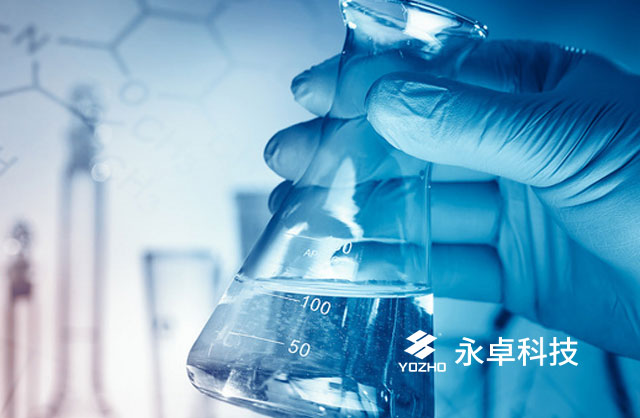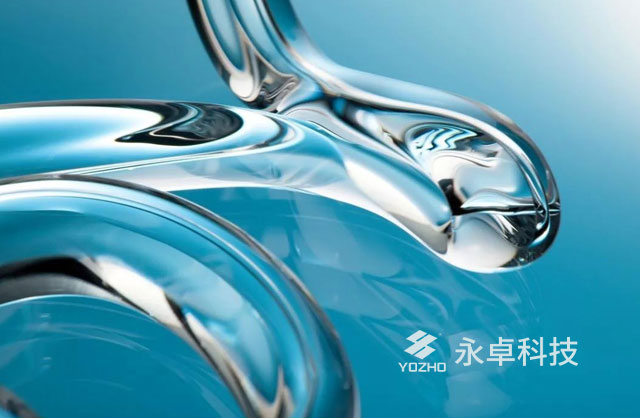The development history of silicone, YOZHO provides you with popular science knowledge about silicone
Issuing time:2019-02-28
Silicone is a special compound with a wide range of applications and important scientific research value. Below we will review the development history of silicone and understand how it gradually evolved into the innovative brand of Yongzhuo Technology Silicone.
1. Definition of Organic Silicon
Compounds containing Si-C bonds are commonly referred to as organosilicon compounds, and compounds that connect organic groups to silicon atoms through oxygen, sulfur, nitrogen, etc. are also commonly referred to as organosilicon compounds. Among them, polysiloxanes composed of silicon oxygen bonds (- Si-0-Si -) as the backbone are the most numerous, deeply studied, and widely used category of organic silicon compounds, accounting for over 90% of the total dosage. Due to the combination of inorganic and organic materials, organic silicon has excellent properties such as high and low temperature resistance, electrical insulation, ozone resistance, radiation resistance, flame retardancy, hydrophobicity, clothing resistance, non-toxic and odorless, and physiological inertness. It is widely used in various industries such as electronics and electronics, construction, chemical industry, textile, light industry, medical treatment, etc. The main functions of applying organic silicon include: sealing, encapsulation, bonding, lubrication, coating, lamination, surface activity, etc Defoaming, defoaming, foaming, cross-linking, waterproofing, moisture-proof, inert filling, etc. And with the continuous growth of the quantity and variety of organic silicon, the application fields are constantly expanding, forming a unique and important product system in the field of chemical new materials. Many varieties are irreplaceable and essential for other chemicals.

2. The Development History of Organic Silicon Chemistry
① Founding period
In 1863, French scientists Friedel and Krafts heated silicon tetrachloride and diethylzinc to 160°C in a sealed tube, and synthesized the first organosilicon compound containing Si—C bonds, tetraethyl chloride. Silane. Since then, many derivatives of tetraethylsilane have been synthesized. The forty years from 1863 to 1903 was the founding period of silicone chemistry, which is customarily called the first period.
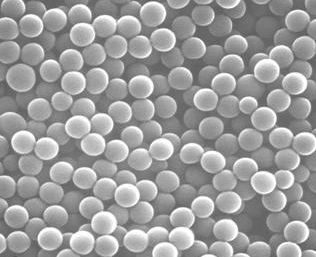
② Growth period
From 1904 to 1937, not only were many simple organosilicon compounds synthesized, but also cyclic and linear polysiloxanes (materials with - Si-0-Si - bonds as the backbone) emerged. In terms of theoretical work, the synthesis of asymmetric silicon atom compounds has begun, creating conditions for the study of organic silicon photoactive isomers. These thirty years are the growth period of organic silicon chemistry, commonly known as the second phase.
③ Development period
Hyde, a chemist at Corning Glass Factory in the United States, and Pat Nord and Rojo from General Electric recognized the promising application of organosilicon polymers. They actively improved the synthesis method of organosilicon monomers, the raw material for synthesizing polymers, and embarked on a path of industrialization. Especially in 1941, Rojo invented the "direct synthesis method" to synthesize methylchlorosilane, which revolutionized the production of organic silicon and laid the foundation for the large-scale production of organic silicon compounds. In the 1940s, while industrialized production was being carried out in some major countries, the equilibrium reaction of polyorganosiloxanes was also invented, and a nearly complete set of industrial technologies was established. Various high-performance silicone oils, silicone rubber, silicone resin, and coupling agents have emerged one after another, greatly accelerating the development of organic silicon. The development period from 1938 to 1965 is commonly referred to as the third phase.
![]()
④ Prosperity period
Since 1966, in addition to consolidating, developing, improving, and utilizing existing achievements, people have also shifted towards the new field of organic silicon. Compounds that were previously considered impossible to synthesize can now be synthesized. The fastest growing branch in recent times is silicon metal bonding compounds, especially compounds formed by silicon and transition elements, which have more theoretical significance and practical value. Various inventions have sprung up like mushrooms after rain, and organic silicon chemistry has yielded fruitful results. Therefore, since 1966, people have called it the fourth period of prosperity.
3. Development status of organic silicon industry
Scientific development has promoted production construction, and production departments in turn have put forward new requirements for scientific research. In industry, especially in the electrical industry, heat-resistant materials are needed, but general organic polymers are far from meeting the requirements. People have long known that natural silicates contain - Si-0-Si bonds, but due to their physical structure, they are brittle. Therefore, it is thought that as long as organic groups are introduced into silicon atoms, they may become linear structures or low degree cross-linked polymers, forming flexible (or elastic) materials, and their application range becomes widespread. Starting from this goal, the study of organic polysiloxanes began. Hyde, a chemist at Corning Glass Factory, first combined organic silicon chemistry with polymer chemistry and gained experience in organic silicon polymer polymerization reactions; Afterwards, under his guidance, Corning Glass Factory produced organic silicone resin, coatings, and impregnating agents for electrical insulation glass cloth. During the period of 1938-1941, Hyde and his collaborators developed many other polysiloxane products. At the same time, Dow Chemical also began the production and development of polyorganosiloxanes, and established a pilot plant for dimethyl silicone oil and methylphenyl silicone resin in 1942.
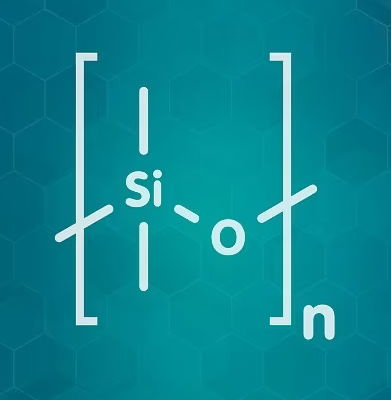
Scientific development has promoted production construction, and production departments in turn have put forward new requirements for scientific research. In industry, especially in the electrical industry, heat-resistant materials are needed, but general organic polymers are far from meeting the requirements. People have long known that natural silicates contain - Si-0-Si bonds, but due to their physical structure, they are brittle. Therefore, it is thought that as long as organic groups are introduced into silicon atoms, they may become linear structures or low degree cross-linked polymers, forming flexible (or elastic) materials, and their application range becomes widespread. Starting from this goal, the study of organic polysiloxanes began. Hyde, a chemist at Corning Glass Factory, first combined organic silicon chemistry with polymer chemistry and gained experience in organic silicon polymer polymerization reactions; Afterwards, under his guidance, Corning Glass Factory produced organic silicone resin, coatings, and impregnating agents for electrical insulation glass cloth. During the period of 1938-1941, Hyde and his collaborators developed many other polysiloxane products. At the same time, Dow Chemical also began the production and development of polyorganosiloxanes, and established a pilot plant for dimethyl silicone oil and methylphenyl silicone resin in 1942.
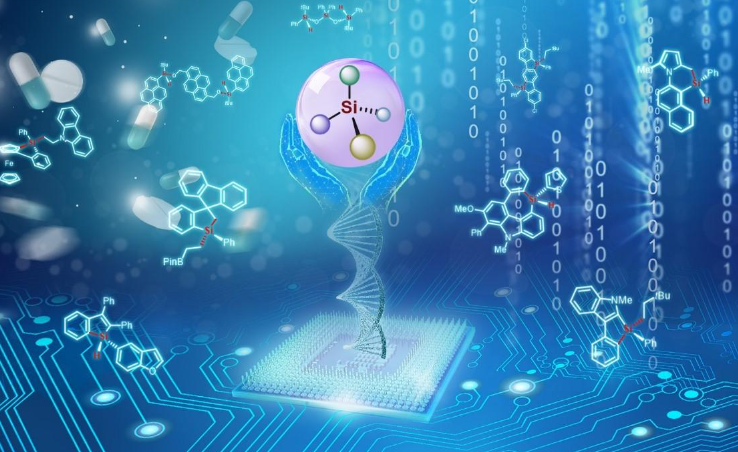
Yongzhuo Technology's organic silicon plays an important role in the electronics industry. Its high-performance organic silicon packaging materials are widely used in integrated circuit packaging, optoelectronic devices, electronic components and other fields. These materials have excellent insulation performance, high temperature resistance, and chemical corrosion resistance, which can effectively protect electronic components from external environmental influences and improve the reliability and stability of equipment.
In the field of automotive manufacturing, Yongzhuo Technology provides high-performance sealing and waterproofing solutions for automotive components with organic silicon. Its organic silicone sealing material plays an important role in key parts such as automotive engines, transmission systems, and body structures, effectively preventing the penetration of water, gas, and dust, and improving the sealing and durability of automobiles.
In addition, Yongzhuo Technology's organic silicon has extensive applications in the field of medical devices. Its medical grade silicone material has biocompatibility and antibacterial properties, suitable for manufacturing products such as medical catheters, medical device seals, and artificial heart valves. These materials can meet the strict requirements of the medical industry for material safety, durability, and reliability.
In short, Yongzhuo Technology's organic silicon has become a leading brand in the industry due to its excellent performance and extensive application fields. Whether in the fields of electronics, automobiles, healthcare, etc., Yongzhuo Technology's organic silicon has provided high-quality and innovative solutions, making important contributions to improving customer product quality and performance.
As a leading enterprise in the field of organic silicon, Yongzhuo Technology will continue to be committed to innovative research and technological progress, continuously launching more advanced and reliable organic silicon products, and making greater contributions to the development and progress of various industries. Whether in existing application fields or future emerging fields, Yongzhuo Technology's organic silicon will continuously pursue excellence and provide customers with the highest quality solutions.
